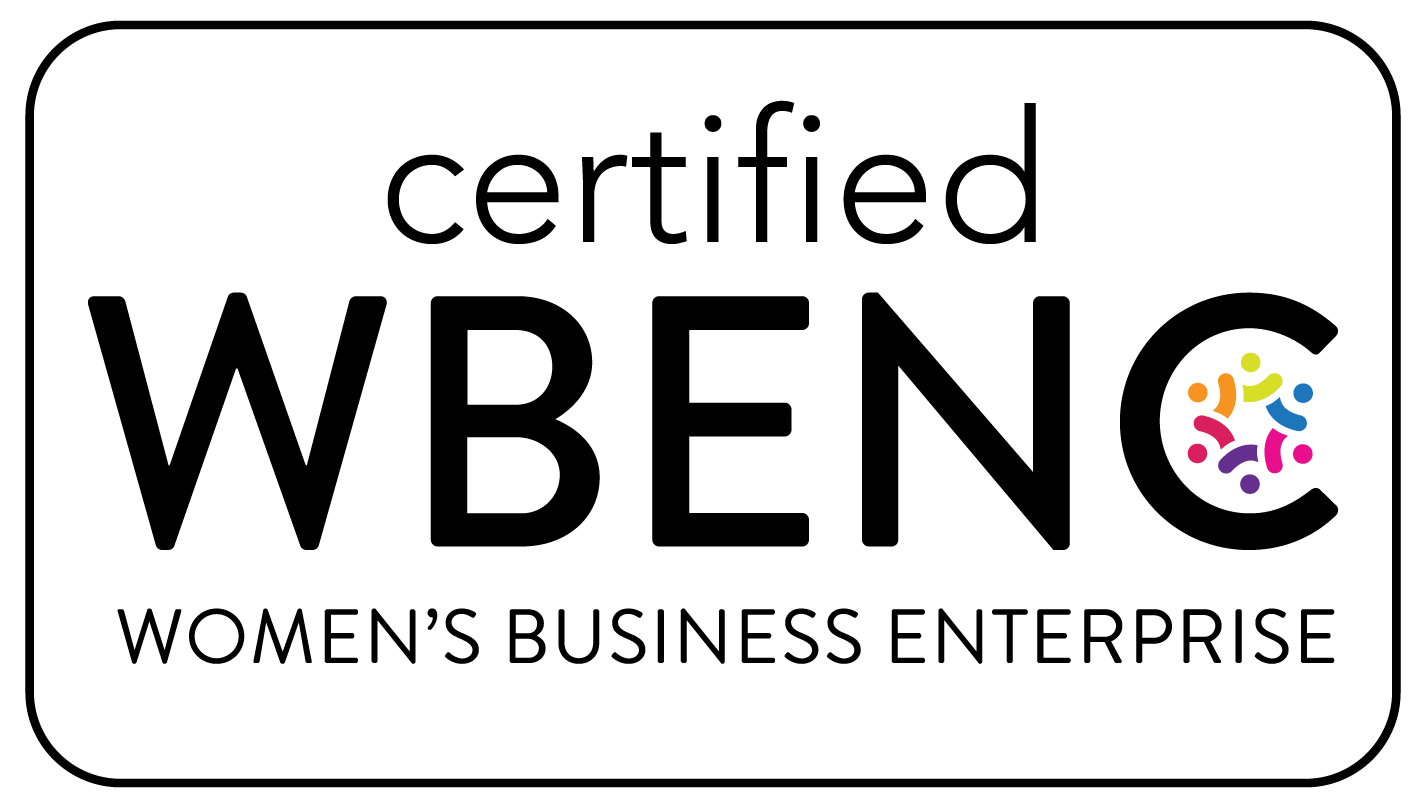We had the opportunity to attend the 7th bi-annual P&G Alumni Conference held earlier this month in Cincinnati. We enjoyed returning to the city (which has seen a great revitalization since last we were there) and re-connecting with former colleagues and friends. The conference spanned three days and covered topics like innovation, global market trends and more. Through CEO roundtables, best practice presentations, and lots of networking, we enjoyed every minute of the conference. Here are our “big takeaways” from the event:
Julie’s Takeaway: Innovation is the cornerstone of any brand’s growth plan, regardless of its size. In fact, the principle of innovating when a brand is winning was a key theme at the conference. Many brands wait to innovate until their business stalls as a way to turn the brand’s business around. In fact, the best time to generate new growth ideas is when the brand is healthy, giving you the opportunity to build on forward momentum and shape the brand’s future. Fortunately, this innovation culture favors small, nimble brands. With a focus on speed, agility, a culture that rewards new ways of doing things, and an authentic story, small brands can utilize innovation to successfully compete with larger brands in today’s marketplace.
Kate’s Takeaway: It’s still true: No matter what product or service you sell, now more than ever the consumer is the driver. The difference today? We can no longer tell the consumer why our brand is better, we must listen to what our consumers want and engage with them on their terms. Those who do (Intuit, Mondelez, Google, etc.) succeed. Fortunately, with new technology and AI there are many new and innovative ways to hear what the consumer is saying (or typing). Online listening posts and fast product learning models allow us to listen, learn and react quickly to changes in consumer perception of a brand.
